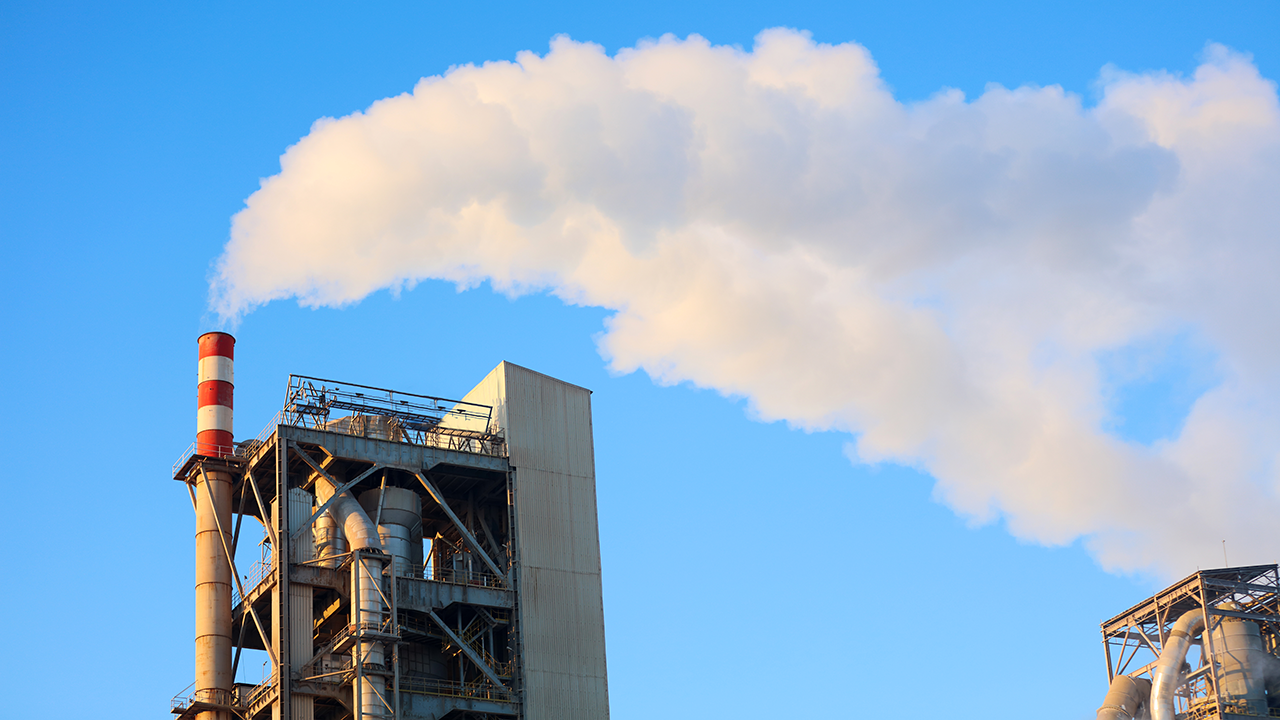
When it comes to climate change, carbon emissions rank high on the list of contributing factors. Atmospheric carbon dioxide (CO2) concentration has increased by 48 percent since the Industrial Revolution began, according to NASA.
Researchers at the University of Minnesota want to cut down on the amount of CO2 entering the atmosphere by capturing those emissions at their source and instead turning them into something useful. A team at the College of Biological Sciences is working to develop a first-of-its-kind bioreactor platform that will transform CO2 into formate, a storable and transportable liquid that can be used to create chemicals or manufacture materials. The team’s research will be supported through $1.1 million in funding from the US Department of Energy’s ARPA-E as part of the agency’s efforts to create a carbon-neutral economy.
Claudia Schmidt-Dannert, PhD, Distinguished McKnight Professor of biochemistry, molecular biology, and biophysics, will lead the project as its principal investigator. Mikael Elias, PhD, associate professor of biochemistry, molecular biology, and biophysics, and Jeffrey Gralnick, PhD, professor of plant and microbial biology, are co-principal investigators.
The bioreactor technology could be a key step toward more sustainable and climate-friendly industrial processes. Schmidt-Dannert said the technology holds high potential because it aims to stem carbon emissions on two separate fronts.
“We have to not only mitigate the amount of carbon entering the atmosphere through our current emissions, but also to prevent as many new emissions from becoming part of our industrial processes as possible by reducing our dependence on oil-based products,” she said.
According to the US Environmental Protection Agency, carbon dioxide makes up 65 percent of all global greenhouse gas emissions, with the majority of carbon emissions coming from fossil fuel production and other industrial processes. The manufacturing of cement for concrete, Schmidt-Dannert said, is a process that releases a particularly large amount of carbon dioxide, contributing 7 percent of the world’s total CO2 emissions.
The bioreactor platform the research team aims to develop would be installed directly at sites where emissions are generated, such as industrial plants, to capture the CO2 before it enters the atmosphere. Since formate can be safely stored and transported, these bioreactors would allow industries to turn around and sell the formate as a raw material for the production of polymers (such as solid plastics), useful chemicals, and even fuels.
Test Out, Scale Up
Some chemical reactions can be driven by electricity. A process called bioelectrocatalysis adds in a specific enzyme—one created by microbes—to make these types of electricity-driven reactions happen faster and in a wider range of environments.
Reducing CO2 into formate is actually a very difficult process, and the research team hopes to use bioelectrocatalysis to make it happen. Their first challenge will be to identify the ideal catalyst to facilitate the reaction. They must then engineer the microbe that will reliably produce this catalyst and develop a protein-based “framework” to support it and push electrons toward it.
It’s not just a matter of getting all of this science to work, however. The researchers will also need to make the CO2-to-formate conversion practical and economically feasible—in other words, to make the formate it produces cheap enough to compete with rival materials derived from fossil fuels. For example, formate produced through the bioreactor could be processed into a material that then becomes a sustainable plastic, even one that degrades safely in the environment. If that plastic costs more to make than a traditional, oil-based plastic, though, it will be a tough sell for industry. The ability to sell “carbon credits”—tradable certificates granted to companies that reduce emissions below a certain quota—could provide a financial incentive in some states.
“I believe we can reach the criteria needed to do this in a more sustainable and cheaper way, while creating a cleaner product,” Schmidt-Dannert said.
If the technology works in a laboratory setting, the researchers will next bring it to the pilot scale, moving up from a system measured in milliliters to one that contains multiple full liters. Since the process is unlikely to be 100 percent efficient, the setup will likely include several bioreactors attached together in a sequence. That way, any CO2 that does not get reduced to formate in the first reactor gets additional exposure to bioelectrocatalysis in each of the following reactors.
If the technology continues to perform well there, the researchers would then look to build a commercial-scale version of the technology, test it as a prototype, and bring it to market for use in a wide range of industry settings. Schmidt-Dannert said she expects the technology will have a modular design, allowing it to fit different sizes of industry operations and different levels of CO2 outputs.
“We are excited to do this,” she said. “It’s a high-risk project, but we are optimistic the technology we are developing will reach our milestones and eventually move on from small-scale testing to commercial implementation.”